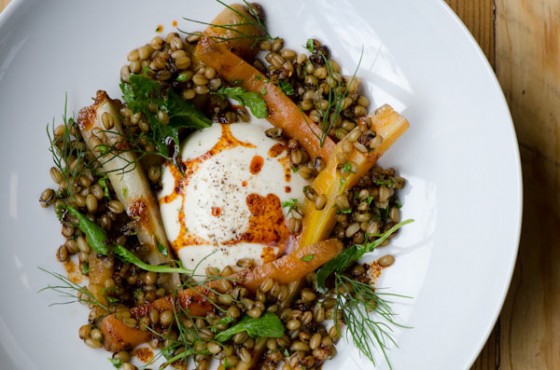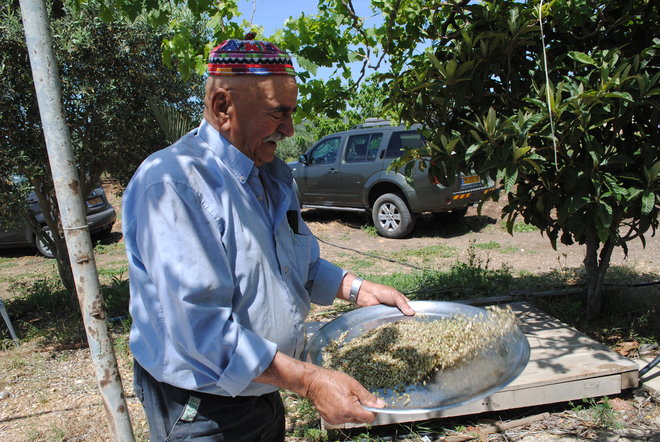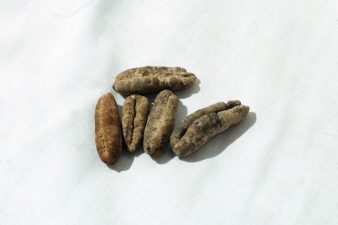 If you told someone from the Middle East that progressive, health-conscious Americans have fallen in love with freekeh, they might raise their eyebrows in surprise or roll their eyes in utter boredom, since people in this region have enjoyed the benefits of the ancient grain said like “freak eh” for eons.
If you told someone from the Middle East that progressive, health-conscious Americans have fallen in love with freekeh, they might raise their eyebrows in surprise or roll their eyes in utter boredom, since people in this region have enjoyed the benefits of the ancient grain said like “freak eh” for eons.
But for westerners, freekeh is the latest in a slew of boutique grains gaining popularity as alternatives to other staples. Wheat harvested before it is completely ripe, the grain has nutritional value that far exceeds that of its more widely-known competitor – rice.
Freekeh is harvested when the yellowish kernels inside are still soft and moist.
Freekeh tastes like smoked grains

They are then stacked and left under the sun to dry, after which the freekeh grains are carefully roasted over a fire so that the shells are sloughed off (or rubbed, which is roughly how freekeh is translated from Arabic) without destroying the chewy inside.
Said to have a smoky flavor, freekeh is great as a standalone dish, or mixed with fruits and vegetables in all kinds of new, exotic combinations.
Speaking to The National, Ghina Hamoui, a nutritionist at Emirates Hospital and Cosmesurge said that freekeh has a 10 percent fiber content, virtually no fat, a decent amount of protein, and certain beneficial vitamins and minerals such as B1 and B2.
“While it should be avoided by coeliacs and people on gluten-free diets,” she told the paper.
“It has a lower glycemic index than rice which means it gives more satiety and fullness as well as raising blood sugar less.”
Sounds like the story of quinoa?
This is not the first time that a grain from the developing world has gained traction in the west – to the detriment of their producers. Quinoa, for example, is pitted as one of the best grains for heart health, but Andean farmers who have grown it for centuries can no longer afford to purchase it themselves because its popularity in the west has driven up costs.
Similarly, argan oil produced from a nut that was traditionally processed by goats and used in a variety of applications – including food and cosmetics, has become enormously popular in the west.
For now this demand has been a boon for Moroccan women who are employed to produce modern varieties of the oil, though careless management could quickly tip the scale.
Freekeh might become a more sustainable option for western foodies than other boutique grains, as several kitchens around the globe boast its unique taste and nutritional qualities.
Or it might remain hidden in dishes across Egypt, Syria and other parts of the Middle East.
Image of freekeh meal via Star Chefs




Freekeh is something I discovered from my Syrian friend.
It’s KILLER delicious. I love the colour and the smoky flavour.
This is a beautiful plate!